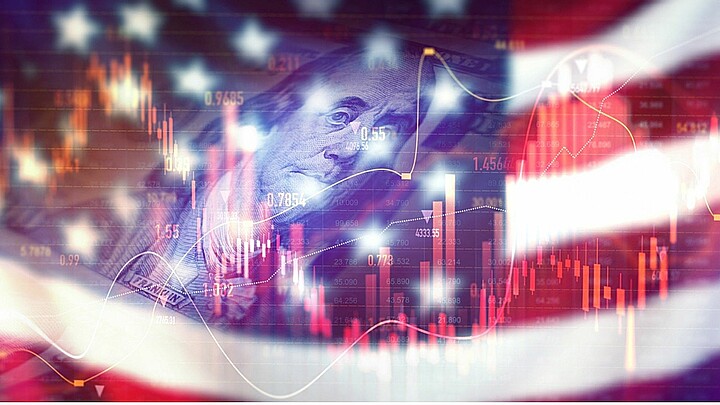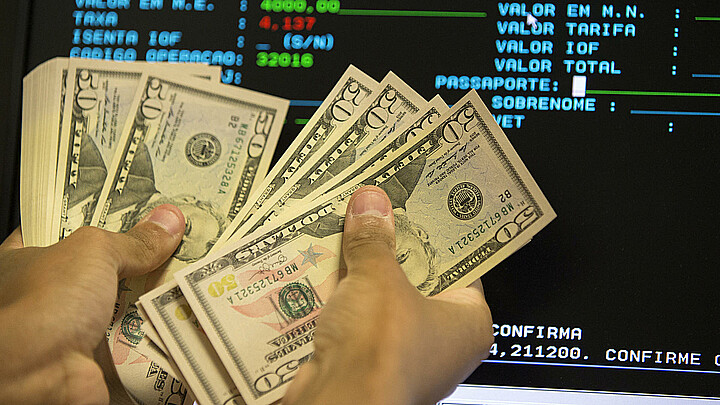Business
U.S. luxury brands report higher earnings while major retailers struggle to get customers in the door
"To date, we haven't seen an adverse impact on customer spending from inflationary pressures, which we suspect is due to the higher income profile of our customer base," said Nordstrom's Chief Financial Officer Anne Bramman
May 25, 2022 3:02pm
Updated: May 25, 2022 3:04pm
Although consumer prices have continued to skyrocket as inflation continues to ravage Biden’s America, luxury retail brands have projected strong earnings thanks to their customer base’s deep pockets.
According to a U.S. News report, major American chains are have warned of steep declines in their quarterly reports due as rising costs – including back end freight and labor costs – continue to force their customers to stay home.
Their luxury counterparts, however, have remained resilient.
Shortly after Nordstrom raised its annual profit and revenue forecasts, the company’s Chief Financial Officer Anne Bramman on Tuesday said, "To date, we haven't seen an adverse impact on customer spending from inflationary pressures, which we suspect is due to the higher income profile of our customer base.”
Ralph Lauren also raised its full-year sales forecasts, calling their customers “resilient,” while premium parka-marker Canada Goose reported that “customer confidence remains straong.”
Even European luxury brands like Chanel and Burberry have reported positive projections despite rising prices.
"We continue to see pricing power across the portfolio ... Importantly, we have seen no negative impact on customer demand from these price increases," Tapestry CEO Joanne Crevoiserat said on a post-earnings call earlier this month.
"This earnings cycle has been showing a dichotomy between higher- and lower-income demographics," BMO Capital Markets analyst Simeon Siegel said.
"Whether that holds in the future remains to be seen but at least for now, companies like Nordstrom are suggesting that they have been more insulated given higher end customers,” he added.
But not all retailers are immune to the four-decades high inflation being felt across the country and companies that previously passed on higher freight and labor costs to consumers have been warned of a consumer pushback -- especially after the latest consumer price index jumped 8.3% on an annual basis, while prices for gasoline stand more than 50% higher than a year ago.
For most Americans, rising costs does determine what is bought at the store and inflation is changing the way they spend their money.
A new Bureau of Labor Statistics report has shown that food prices across the United States rose by 9.4% in April compared with the same period in 2021, marking the fastest growing rate of food inflation in nearly 42 years.
According to the data, grocery store prices rose even higher, topping 10.8% with the biggest price increases affecting meat, poultry, fish, eggs, flour, bread and fruits. Meats, poultry, fish and eggs jumped up 14.3%, marking the largest yearly increase since May 1979. Other categories logging steep annual increases included fruits and vegetables (7.8%), cereals and bakery products (10.3%).










